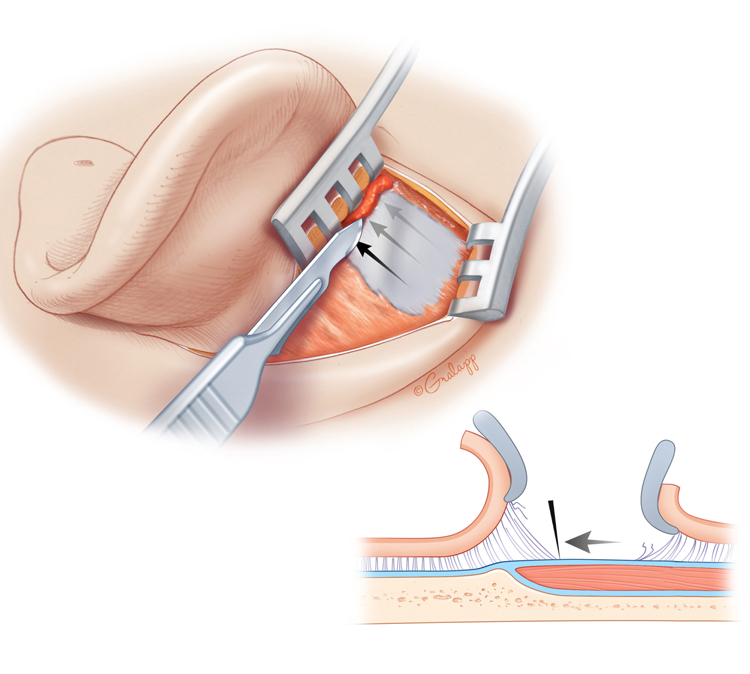Tympanoplasty
- Home
- Tympanoplasty
Tympanoplasty
The middle ear consists of the eardrum and bone structures that provide the transmission of sound vibrations. The process of repairing the perforated eardrum and these bone structures is called “tympanoplasty” surgery. If the sense of hearing is gradually decreasing and ear discharges are recurring frequently, this operation should be undertaken immediately and without delay in order to prevent the situation from getting worse without waiting for inflammation in the nose and sinus area and to return the hearing condition to normal. The process begins by first closing the hole in the eardrum. For this, the eardrum is repaired by removing the muscle sheath in the upper part of the back of the ear or the cartilage membrane in front of the ear canal and using it as a tissue. Then, the ossicles in the sound conduction system are repaired by giving the necessary shapes to the pieces taken from the cartilage in front of the ear canal and the bones behind the ear with artificial middle ear prostheses and providing appropriate placement positions.

The relevant physician should decide how the surgical intervention in the surgery will be performed, only through the cuts made through the ear canal or in front of the ear or behind the ear. Patients are usually discharged on the same day. At the end of the 10th day, the soft material residues that dissolve spontaneously in the ear are cleaned and they can be healed within 1 month if they use ear drops containing anti-infective antibiotics and cortisone, and protect their ears from water and dirt.
What is Mastoidectomy Surgery?
If the inflammation has advanced enough to penetrate the bone tissue called “Mastoid” behind the auricle, “Mastoidectomy” surgery is required to clear the pathological tissues and remove the inflammation. We can count the ear not being cleaned and dried adequately, infiltration of water in polluted seas or non-sterile pools as possible causes of inflammation. If timely intervention is not made, the inflamed tissue called “Cholesteatoma”, which progresses by dissolving the bone, will progress to the inner ear. Because if there is a cholesteatoma structure, severe consequences such as inner ear-induced hearing loss, facial paralysis, meningitis, and brain abscess may occur. Even if it is located in the facial nerve and inner ear, it cannot be completely cleaned even with surgery, and sometimes disease can remain at the cellular level. Periodic follow-ups will be required after surgery in case of recurrence of cholesteatoma. And unfortunately, in some cases, a second surgery may be required. It should also be noted that even in the “Myringoplasty” surgery, which is known only as repairing the hole in the eardrum, mastoidectomy may be required in case of inflammation due to water escaping into the eardrum. Therefore, it is necessary to always keep the ear dry and clean. Finally, we can say that the combination of mastoidectomy and tympanoplasty operations is called “tympanomastoidectomy”.
As a result of the above-mentioned surgeries, nausea and vomiting may occur due to the effect of narcosis. In addition, it will be observed that the gel used to support the tissues and give a feeling of fullness will flow with the blood. Taste loss, temporary numbness in the auricle and balance problems can also be seen on the operated side. The patient may be advised to drink plenty of water to pass the anesthetic effect and to cough lightly without straining the eardrum. The drugs used should not be neglected, attention should be paid to ear cleaning and dryness, temperature and even the sound level in the environment. Breathing and focusing meditations may also be recommended for loss of adaptation.

